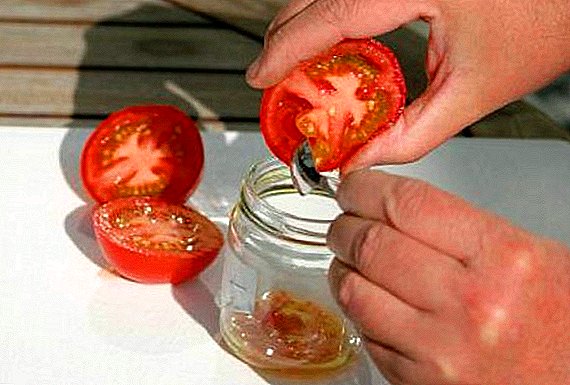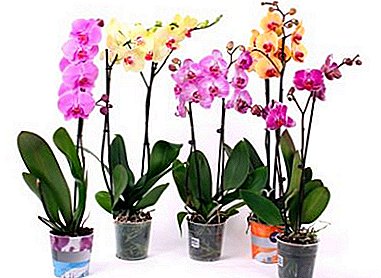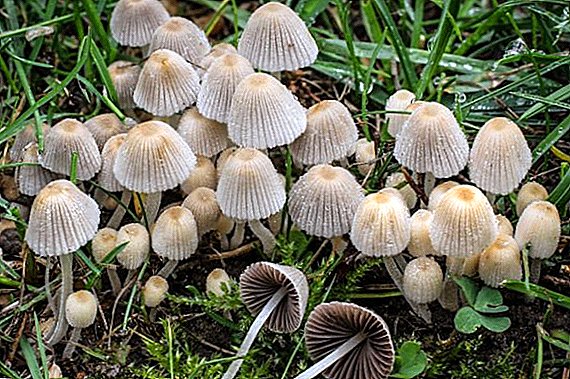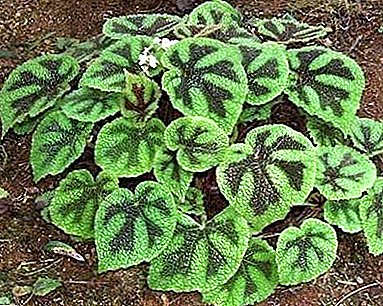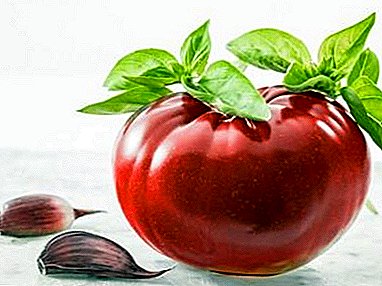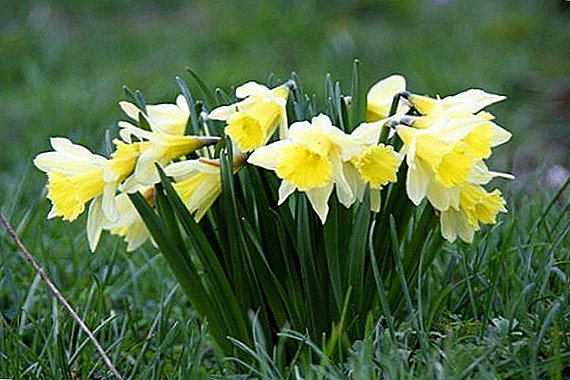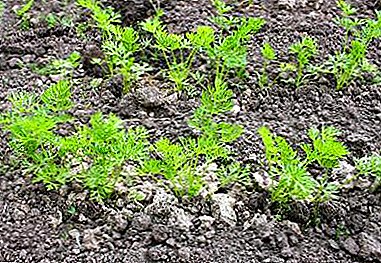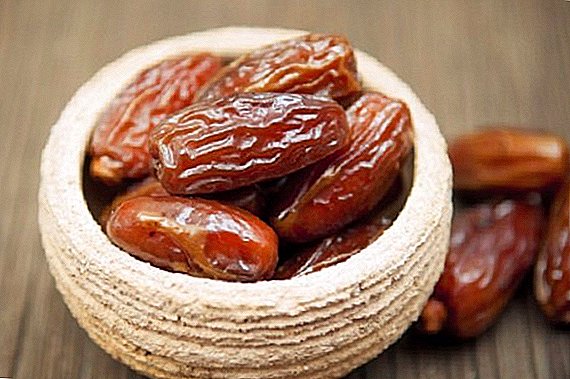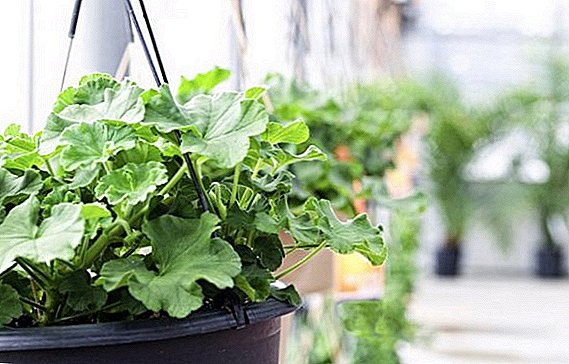 Geranium, or pelargonium, is famous for its unpretentious care and lush inflorescences of various shades, which attracts the attention of flower growers. However, many of them are faced with a common problem: the plant stops blooming.
Geranium, or pelargonium, is famous for its unpretentious care and lush inflorescences of various shades, which attracts the attention of flower growers. However, many of them are faced with a common problem: the plant stops blooming.
In this article we will take a closer look at the reasons for this behavior of the flower and find out what needs to be done so that pelargonium pleases the eye with lush flowering.
Why geranium does not bloom
Sometimes it happens that pelargonium looks completely healthy, has a well-developed stem, juicy-green leaves, but at the same time it does not bloom. Having understood the main reasons for the lack of flowering, you can easily eliminate errors in the care and get a luxuriantly blooming geranium.
Wrong pot
With an incorrectly chosen capacity for a flower, geranium continues to grow, but uses all its strength to develop new branches and hardwood. In these cases, to encourage flowering, it is recommended to replace such a pot with a smaller container. Experienced flower growers also advise planting several pelargoniums in one container, which provokes competition and, as a result, vigorous flowering. 
Heavy soil
Often, precisely because of the wrong composition of the soil mixture, pelargonium does not bloom. Sandy or sandy soil is considered the ideal soil for it. The use of peat soil, with all its fertility, adversely affects the condition of the flower. Peat does not allow the necessary amount of air to pass through, and also has the property of prolonged moisture retention, which can lead to the development of rot on the root system and provoke the manifestation of fungal diseases.
Wrong watering
Geranium does not belong to a moisture-loving plant and sharply reacts to abundant watering. The lack of flowering and the acquisition of foliage yellow may indicate waterlogging. It is best to water this flower either in a pan or only after a visible drying of the top layer of the soil. Water must be used separated, and only as a last resort - plumbing.
Important! Spraying geraniums can cause fungal diseases on it.
High temperature during wintering
In winter, when the batteries are used at home, the air temperature in the room is often much higher than the allowable temperature for the healthy development of pelargonium. This leads to an artificial removal of the plant from the state of rest, in which the flower should rest. 
Fertilizer shortage
Like most indoor flowers, geranium requires the introduction of a feed every 3-4 weeks.
For lush flowering, it is recommended to use potash fertilizers or mixtures with a minimum nitrogen content. As for organic fertilizers, they are used extremely rarely, since it practically does not need them.
Find out how to feed the geranium for abundant flowering at home.
Bad light
This plant belongs to the photophilous and badly reacts to the lack of natural light. Choosing a place for a container with geraniums, it is recommended to exclude the north and north-west side, as well as the neighborhood with large and dense plants. It is an insufficient amount of sunlight that can explain why pelargonium stretches upward in an attempt to catch additional light.
Untimely pruning
The lack of systematic pruning also refers to the main reasons for which pelargonium ceased to bloom. Proper pruning with the removal of old stems is the main condition for the healthy growth and development of plants. 
No transfers
A good influence on the general condition of the geranium and on its long flowering is exerted by transplanting plants into open ground under the condition of suitable weather conditions (well warmed air, both during the day and at night). The process of transplanting is recommended in the evening or in the morning when the sun is not too active.
After some time in the open air, pelargonium is returned to the pot, after refreshing the soil mixture, cut and leave it in a cool place for several days.
Did you know? Geranium oil is widely used in medicine in the treatment of various diseases, including as inhalations for otitis and angina, external rubbing and massage in cosmetology etc.
Conditions for lush flowering at home
There are several mandatory rules for the care of geraniums at home, the systematic adherence to which will negate the situation when geranium stops blooming:
- The correct irrigation scheme. The soil is moistened as the outer layer of the earth in the pot dries. At high temperatures in the room where the plant is located, watering can be done every day. In other cases, the optimal amount will be watering 1-2 times a week. It should be remembered that pelargonium is easier to tolerate an insufficient amount of moisture than its excess. The main signs of over-irrigation will be withering or gray-coated foliage, stem damage - all of these signs are prerequisites for putrefying diseases that can lead to the death of a flower.
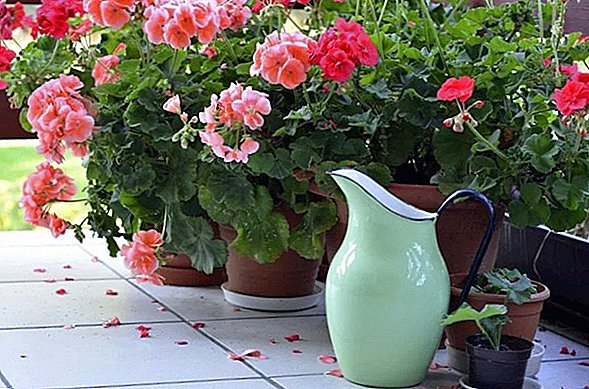
- Temperature mode. The optimum air temperature is + 15 ... + 17 ° C, as well as the complete absence of drafts. If, in the room where geranium is located, the air temperature is below permissible, the flower falls into a state of hibernation, suspending its growth and development, as well as flowering, until more suitable environmental conditions appear.
- Soil mix. The composition of the soil also greatly affects the possibility of flowering. The substrate suitable for planting geraniums consists of garden soil (2 parts), sand (1 part) and humus (1 part). For frequent and long-term flowering, the soil in the pot should be replaced once a year with a fresh soil mixture.
- Pot volume. When selecting a container, it is worth considering the fact that pelargonium blooms occur much faster in small-sized pots - in large containers, all the forces of geranium go to the development of the root system and the growth of the stem.
Important! With the appearance of the first inflorescences, geraniums should not be moved from place to place, as this may provoke the dropping of buds.
Plant trimming rules
Pruning is one of the main conditions for flowering geraniums. There are several ways to trim, each of which has its own rules and regulations.
Pruning in the fall
The main period of flowering geranium falls in the summer. With the arrival of autumn, this plant fades somewhat, preparing for hibernation. When the last inflorescences begin to dry, pelargonium requires preparation for winter. At this time you need to pruning, remove all the inflorescences and dry leaves. If geranium released additional stems, they must be cut off in the area of the first leaf node. Also 1/3 need to prune the main stem.
Read more about how to properly trim the plant for the winter.
Autumn pruning must necessarily be carried out before the onset of flower sleep (beginning of December - mid-February), otherwise the plant may not regain its strength.
Video: How to trim geraniums
Spring cropping
Spring pruning is carried out in the period from mid-February until the end of March. A feature of this type of pruning is the timing of flowering and an increase in its duration and quality improvement.
This procedure involves the removal of long and weakened stems, which are cut with the preservation of 2-3 buds below.
Shtambova geranium formation
The standard form of pelargonium has the form of a tall tree, the length of which reaches 1 m, and the foliage and inflorescences are only at the top. For the formation of trunk fit strong bushes with powerful, strong stems. The side branches of such a bush must be completely removed, and the main stem must be tied several times along the entire length to a firmly standing support.  When the length of the flower becomes higher than the support, pinching of the central shoot should be carried out - this causes a violent branching. Of the total number of new stems, 6-7 must be left - they will become the foundation of the future crown of the tree.
When the length of the flower becomes higher than the support, pinching of the central shoot should be carried out - this causes a violent branching. Of the total number of new stems, 6-7 must be left - they will become the foundation of the future crown of the tree.
With such a formation, geranium flowering can be expected next year.
Did you know? Translated from the Greek language, the name "geranium" means "crane", because the fruits of geraniums resemble crane cranes.
How to feed geranium for abundant flowering
It happens that even with all the recommendations, the plant still produces only weak and few inflorescences, or even does not bloom at all. Most often, the answer to the question of why pelargonium blooms poorly, lies in the lack of nutrients in the soil, so you should introduce a mandatory plant feeding.
Depending on the soil used in the pot for planting geraniums, select the necessary fertilizers:
- when using the acquired ready-made substrate, which is already saturated with the necessary microelements, it is enough to feed a small amount of magnesium sulfate and nitrogen for top dressing;
- For a soil mixture prepared with one's own hands, a universal fertilizer complex in granules will be suitable, which must be mixed with the soil and this will ensure a constant feeding of the plant.
 As a fertilizer, folk remedies are also often used - an aqueous solution of iodine (1 drop per 1 l of water), milk or aspirin, or vitamins of group B.
As a fertilizer, folk remedies are also often used - an aqueous solution of iodine (1 drop per 1 l of water), milk or aspirin, or vitamins of group B.Adhering to quite simple, but necessarily systematic rules for care, even novice gardeners can easily get lush and flowering geraniums that will decorate any home. And its ability for long flowering and easy transplanting make this flower one of the favorite plants of florist.



